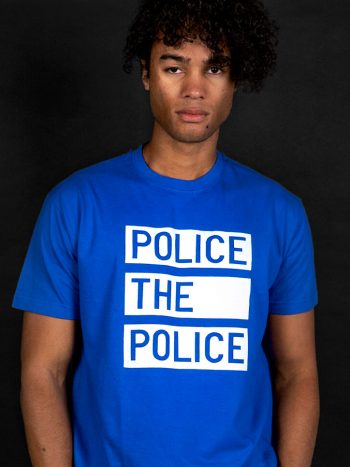The liberations of Leningrad (Jan. 28) and Stalingrad (Feb. 2) marked the triumphant victory of the Soviets over the Nazis, effectively ending German military power during WWII. Stalin’s Operation Mars and Operation Uranus (or, as some like to call it, Operation “The Spanking Heard ‘Round the World”) decisively crushed Hitler’s arrogant sieges on the cities of Volgograd and St. Petersburg, but were also regarded as the most destructive battles in human history, where over 10 million Russians died fighting fascism on the Eastern Front. Too often are their contributions to world peace unreported by WWII revisionists and Western academics. Nevertheless, the world owes much of its freedom to the courageous heroes of the Volga river and deserve thanks and recognition.
Interestingly, few people are aware of the Russian and Soviet contributions to the African-American struggle for liberation, during the Harlem Renaissance during the 1920s; a rebirth of Black culture, history, and business unequivocally found itself intertwined in the October Revolution. As the Bolsheviks struggled against the Tsar, Blacks and Africans struggled against America for all the same reasons; their emancipation and right to self-determination, equality, and employment. We at ALLRIOT would like to share 5 interesting facts as a way of saying thanks to our comrades of Black and Red history:
1 – SLAVS
One interpretation of ‘Slav’ during medieval times was “slave”, as many Slavic groups were traded throughout the Byzantine empire amongst wealthy Muslims. Slavs later revolted and helped crushed many of those empires before settling in the Alps, Central Asia, and Eastern Europe. Slavs were also serfs during the Russian empire, operating in a similar form of slavery than the American chattel (cattle) brand. Source2 – BOLSHEVIKS
The Bolsheviks were some of the first groups to help African-Americans settle the question of race and class division. After the October Revolution, many famous Black leaders had direct contact with the Communist Party of the Soviet Union (CPSU) the 1920s, including Cyril Briggs, Richard Wright, Marcus Garvey, Paul Robeson and WEB Dubois, and were active Socialists themselves. Many followed Vladimir Lenin and Trotsky, but some changed their stance towards Communism after Stalin’s Great Purge and move towards Russian nationalism. Source 1 Source 2 Source 3[3 – HARRY HAYWOOD
Harry Haywood, an influential proponent of Black liberation, personally visited the Soviet Union to discuss the issue of race division in the US. He was appointed chair of the CPUSA Negro division, but later lost his position after the party changed course following the death of Joseph Stalin. His book, “Black Bolshevik“, was later seen as a profound analysis of anti-revisionist policies, and his studies in Maoism influenced the Black Panthers to use them in their own treatise. Source4 – SOCIALISM AT WORK
During the 1930s, the Soviet Union educated over 400,000 Africans and African-American in numerous trades, including manufacturing, economics, and the sciences. One account from the Los Angeles Times features Emilia Tynes-Mensah, whose father was given free housing, subsidies, and jobs. She explained that Blacks were typically treated as equals alongside the Soviets. After the fall of the Soviet Union, Blacks were treated mercilessly during the rise of Russian nationalism. Source5 – ALEXANDER PUSHKIN
Russia’s greatest poet and arguably the father of Russian literature, Alexander Pushkin, was of Abyssinian (Ethiopian) descent. His works have influenced many; from Tchaikovsky to Tolstoy, and he has even been honored with a statue in Asmara, Eritrea. His great-grandfather, Abram Gannibal, was known as “The Moor” and was a military engineer, nobleman, and general. In the courts of Peter the Great, he enjoyed elevated status as a member of the royal courts. Source[YOU MIGHT LIKE THESE T-SHIRTS

























